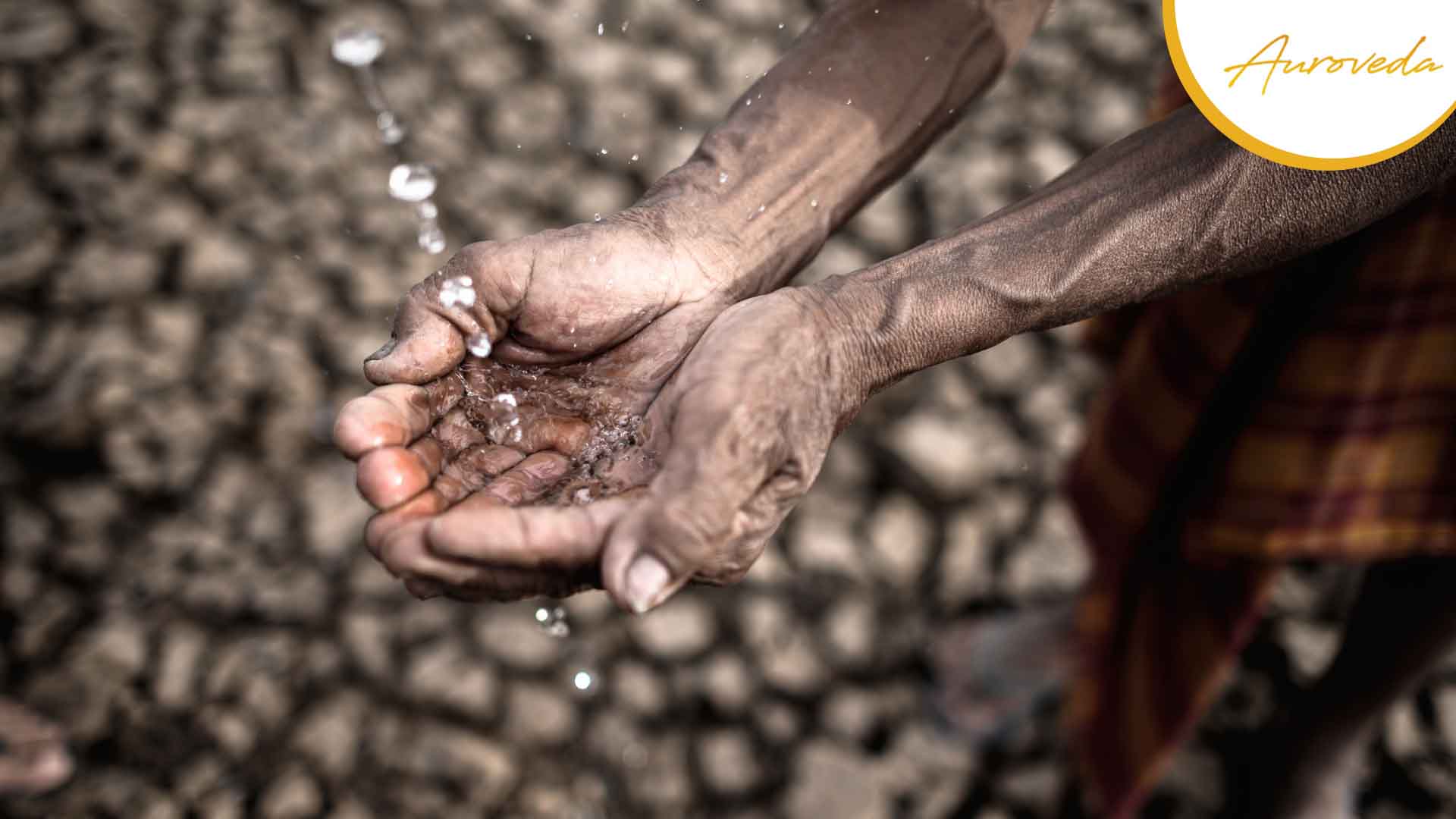India, with a population of over 1.3 billion, has a large percentage of its population living below the poverty line. Poverty in India is defined using the poverty line, which is a benchmark used to determine the minimum level of income required to maintain a basic standard of living. There are several non-profit organizations such as Auroveda that try to educate and shine a light on such issues affecting India.
In this blog, we will discuss what the poverty line in India is and what it means for the people living below it.
What Is the Poverty Line in India?
The poverty line in India is the minimum level of income required to meet basic needs such as food, clothing, and shelter. The poverty line is calculated based on the consumption of goods and services required for a person’s basic needs. The government of India has set different poverty lines for rural and urban areas. In rural areas, the poverty line is lower than in urban areas as the cost of living is generally lower in rural areas.
The poverty line is calculated by the Planning Commission of India. The commission uses the methodology of the Tendulkar Committee, which takes into account the per capita consumption of food and non-food items. The poverty line is revised periodically to reflect changes in the cost of living.
What Does it Mean to Live Below the Poverty Line in India?
Living below the poverty line in India means that an individual or family is unable to meet their basic needs, such as food, shelter, and healthcare. Poverty in India is not just about income; it is also about access to resources and opportunities. People living below the poverty line often lack access to education, healthcare, and other essential services. Poverty is also often associated with high levels of inequality, discrimination, and social exclusion.
The poverty line in India is set at a level that is considered the bare minimum required to maintain a basic standard of living. However, many people living below the poverty line are not able to meet their basic needs even with this minimum level of income. Poverty in India is often characterized by poor nutrition, inadequate housing, lack of access to education, and poor health outcomes.
The poverty line in India is also used to determine eligibility for government welfare schemes. Individuals and families living below the poverty line are eligible for various government welfare schemes, including subsidized food, housing, and healthcare. However, the implementation of these schemes is often marred by corruption, inefficiency, and lack of transparency.
Challenges in Measuring Poverty in India
Measuring poverty in India is a complex task, and the methodology used to calculate the poverty line has been subject to much criticism. The poverty line is calculated based on the consumption of goods and services required for a person’s basic needs. However, this methodology does not take into account the quality of goods and services consumed.
The poverty line in India also does not account for regional variations in the cost of living. The cost of living in urban areas is generally higher than in rural areas, and the poverty line should be adjusted accordingly. However, the current methodology used to calculate the poverty line does not take into account these regional variations.
Living below the poverty line in India means that an individual or family is unable to meet their basic needs, such as food, shelter, and healthcare. Poverty in India is a complex issue that is not just about income but is also about access to resources and opportunities. Measuring poverty in India is a challenging task, and the methodology used to calculate the poverty line has been subject to much criticism. However, despite these challenges, it is essential to develop effective policies and programs to promote social and economic development. You can volunteer with an organization of your choice and even donate to organizations that fight for the cause of poverty.

